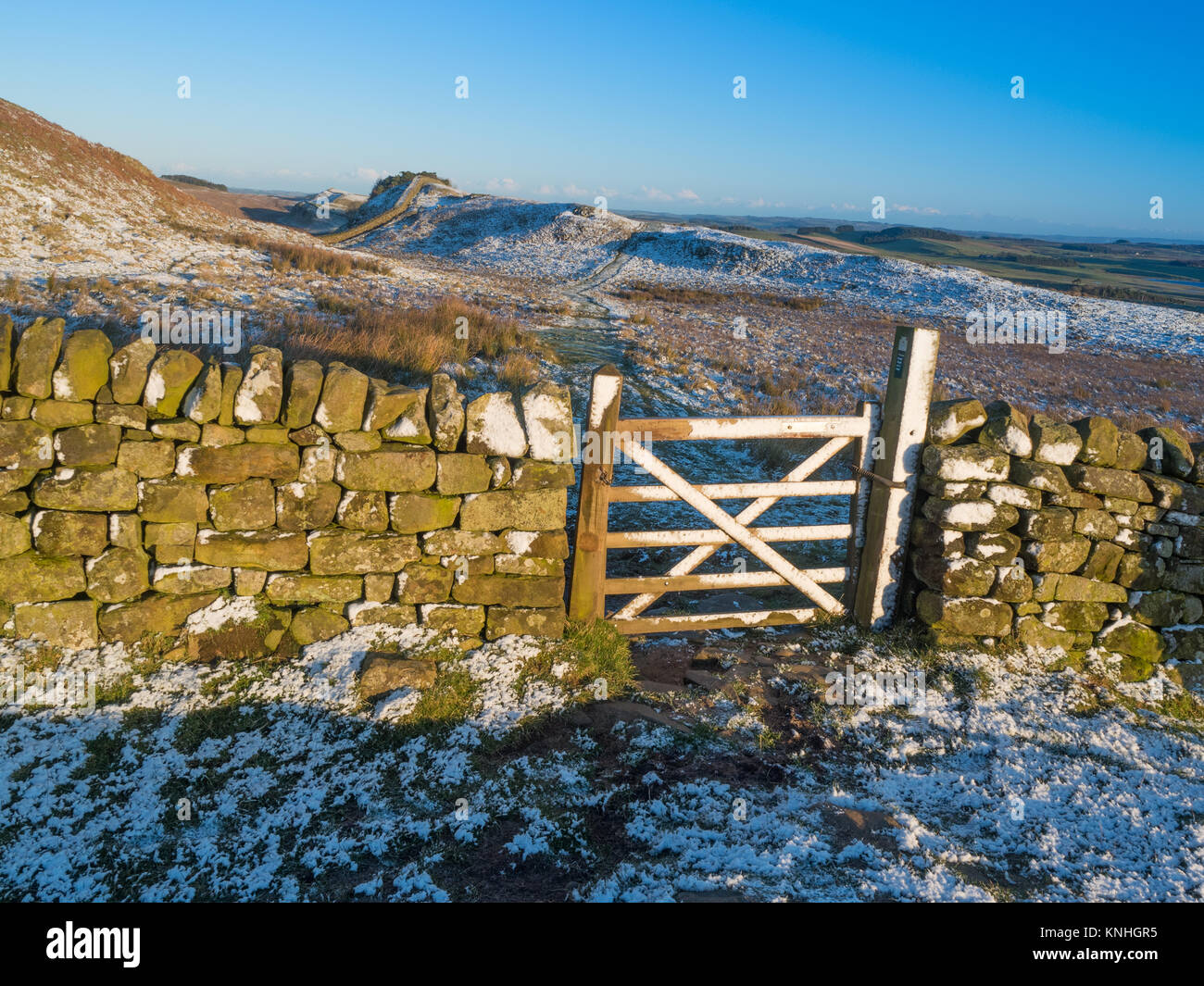

įrench sources, closer to the original etymology, tend to define velin as from calf only, while the British Standards Institution defines parchment as made from the split skin of several species, and vellum from the unsplit skin. To-day the distinction, among collectors of manuscripts, is that vellum is a highly refined form of skin, parchment a cruder form, usually thick, harsh, less highly polished than vellum, but with no distinction between skin of calf, or sheep, or of goat. In 1519, William Horman could write in his Vulgaria: "That stouffe that we wrytte upon, and is made of beestis skynnes, is somtyme called parchement, somtyme velem, somtyme abortyve, somtyme membraan." Writing in 1936, Lee Ustick explained that: However, there has long been much blurring of the boundaries between these terms. The best quality, "uterine vellum", was said to be made from the skins of stillborn or unborn animals, although the term was also applied to fine quality skins made from young animals. Calf, sheep, and goat were all commonly used, and other animals, including pig, deer, donkey, horse, or camel were used on occasion. However, in Europe, from Roman times, the word was used for the best quality of prepared skin, regardless of the animal from which the hide was obtained. The word "vellum" is borrowed from Old French vélin 'calfskin', derived in turn from the Latin word vitulinum 'made from calf'. Quran from the 7th century written on vellum Paper vellum is used for a variety of purposes including tracing, technical drawings, plans and blueprints. Modern "paper vellum" is made of synthetic plant material, and is called such for its usage and quality similarities. A final finish may be achieved by abrading the surface with pumice, and treating with a preparation of lime or chalk to make it accept writing or printing ink. To create tension, scraping is alternated with wetting and drying. The manufacture involves the cleaning, bleaching, stretching on a frame (a "herse"), and scraping of the skin with a crescent-shaped knife (a "lunarium" or " lunellum").

Vellum is generally smooth and durable, although there are great variations depending on preparation and the quality of the skin. Depending on factors such as the method of preparation it may be very hard to determine the animal species involved (let alone its age) without using a laboratory, and the term avoids the need to distinguish between vellum and parchment. Modern scholars and custodians increasingly use only the less specific, potentially-confusing term "membrane". Vellum is prepared for writing or printing on, to produce single pages, scrolls, codices, or books. Parchment is another term for this material, and if vellum is distinguished from this, it is by its being made from calfskin, as opposed to that from other animals, or otherwise being of higher quality. Vellum is prepared animal skin or membrane, typically used as writing material. A vellum deed dated 1638, with pendent seal attached


 0 kommentar(er)
0 kommentar(er)
